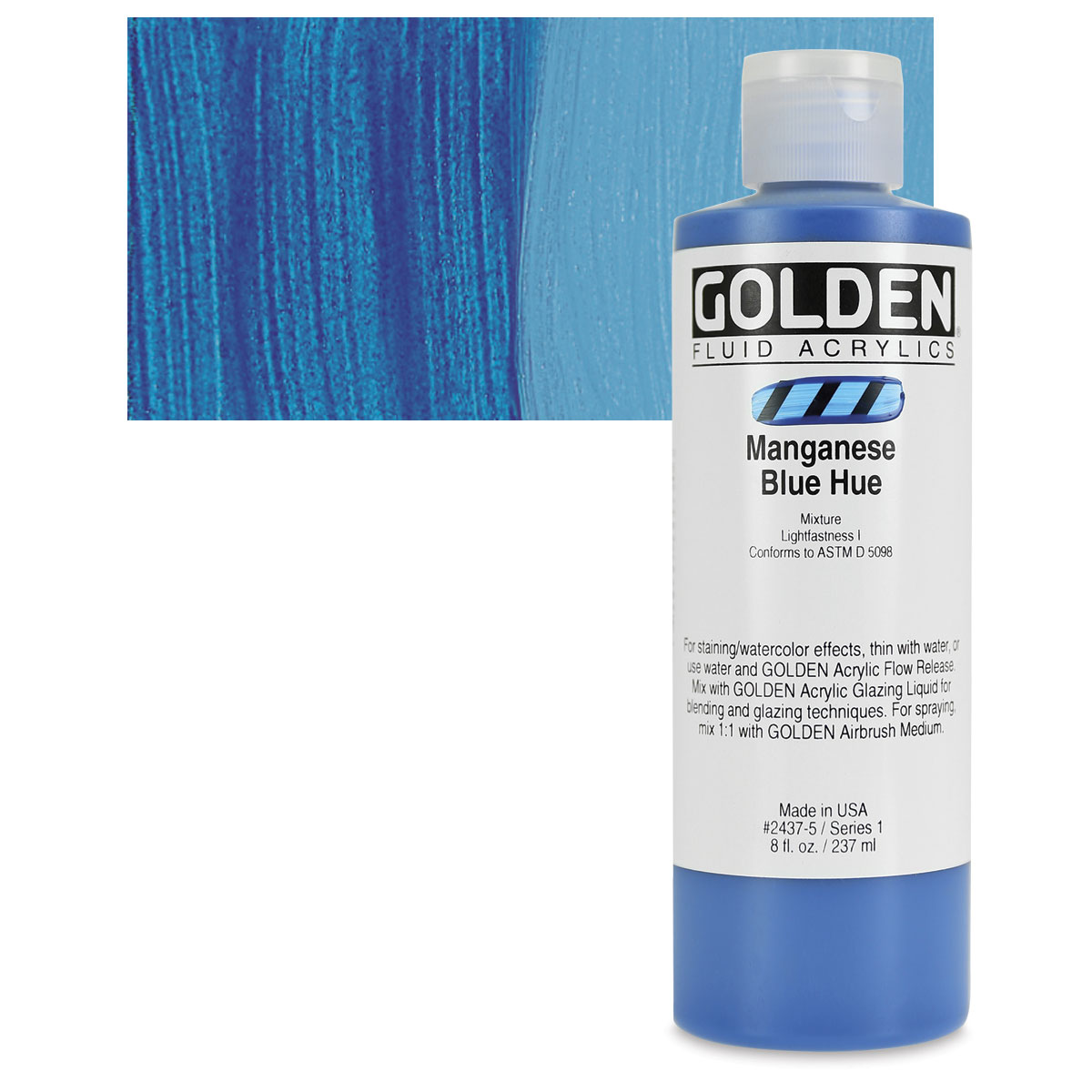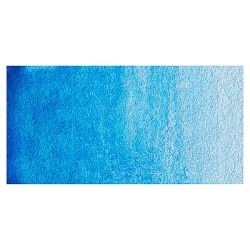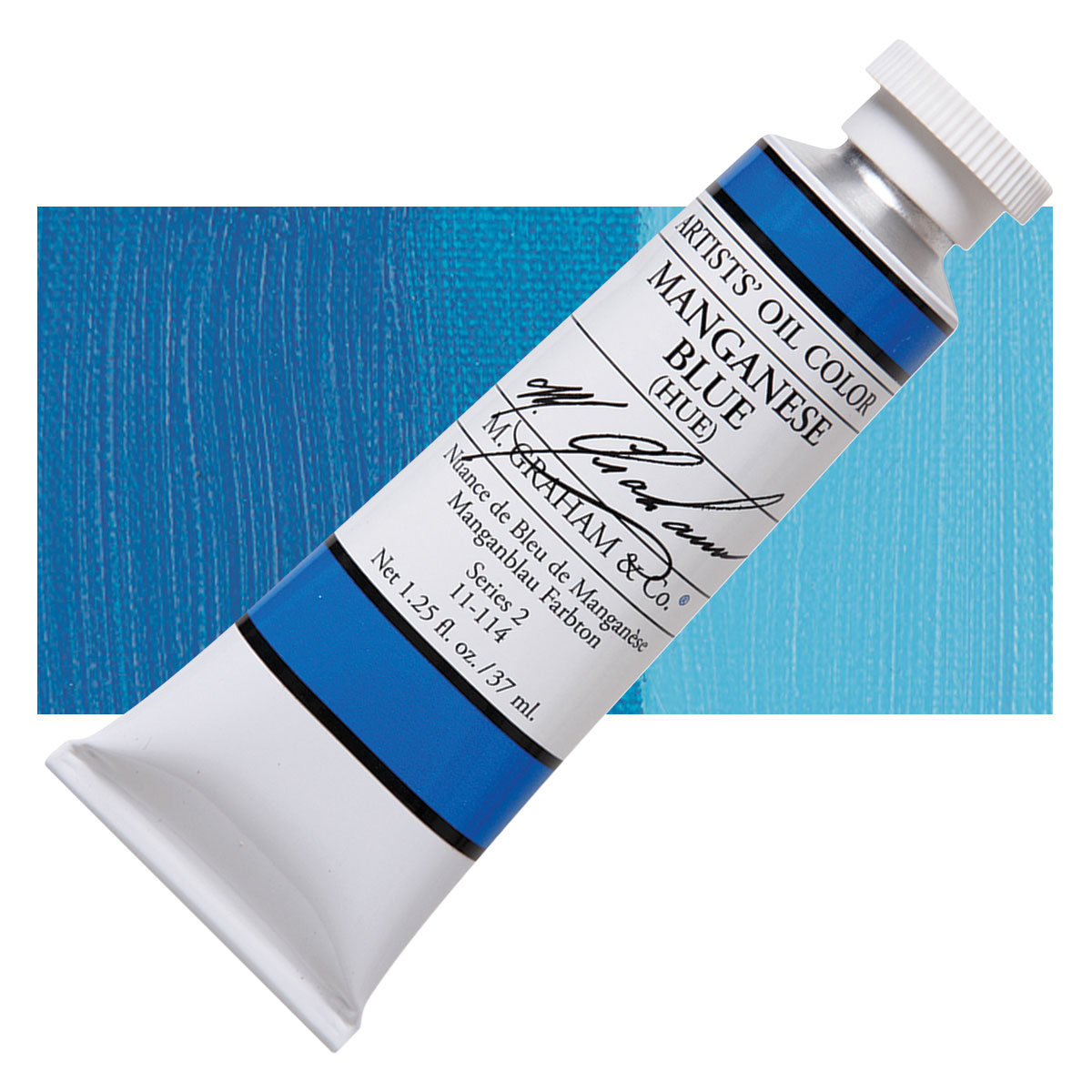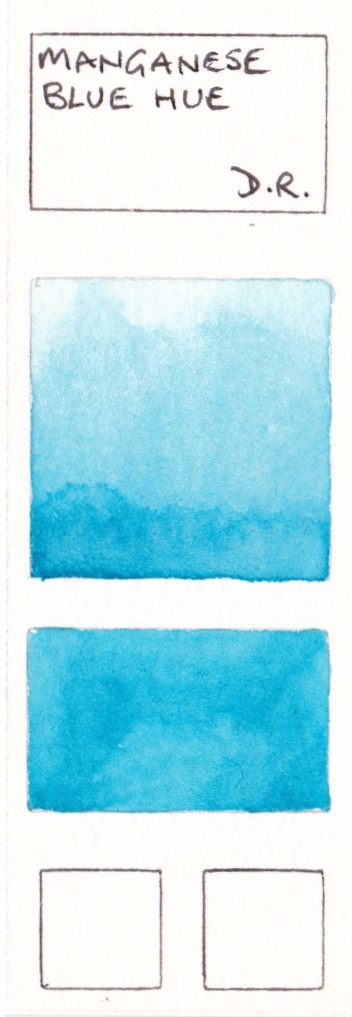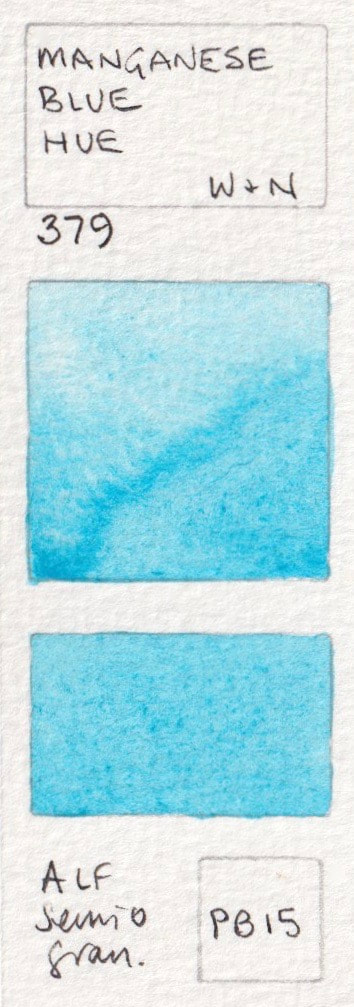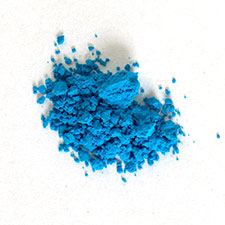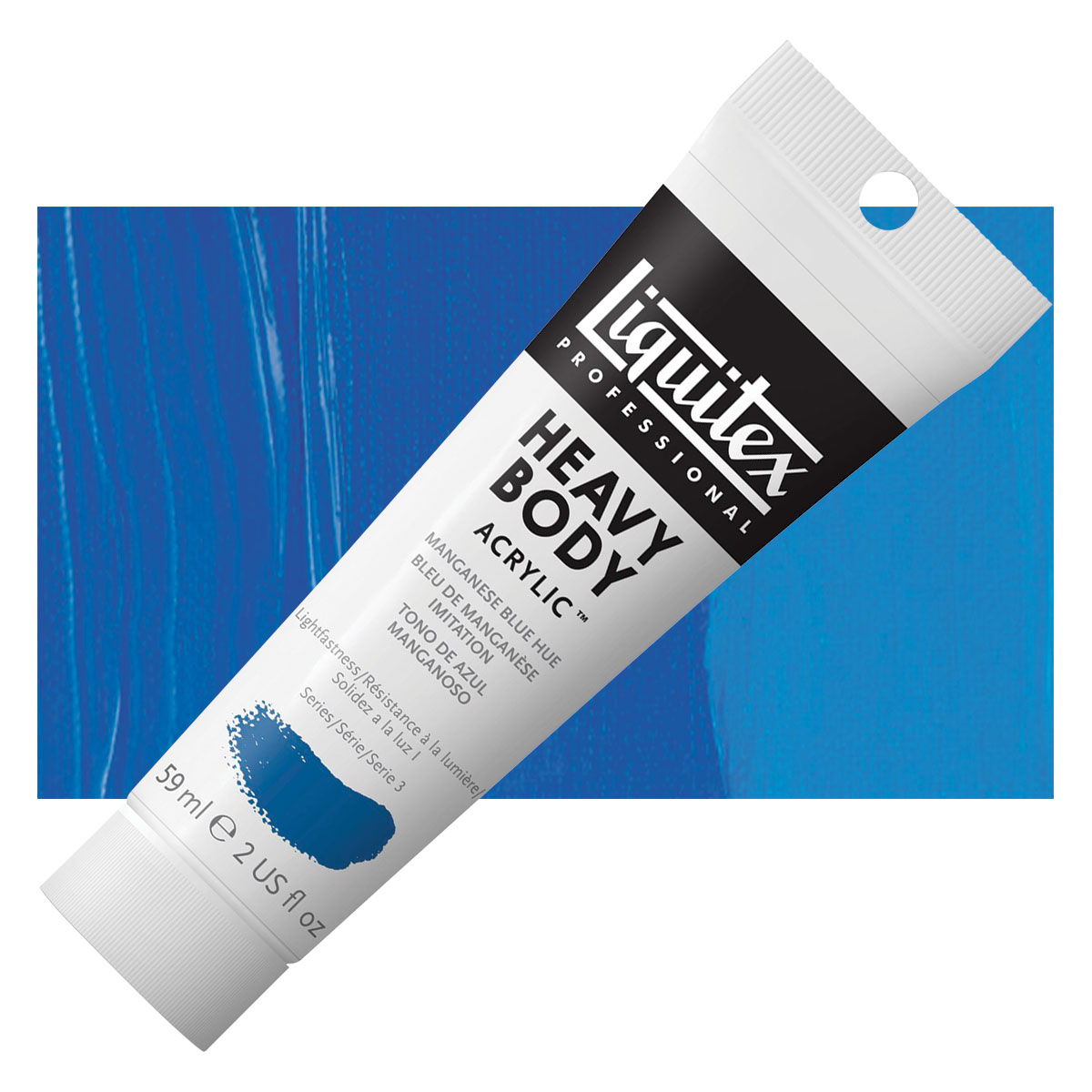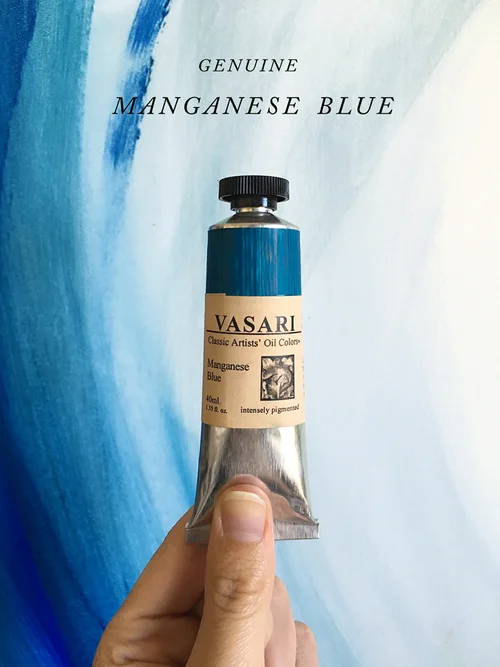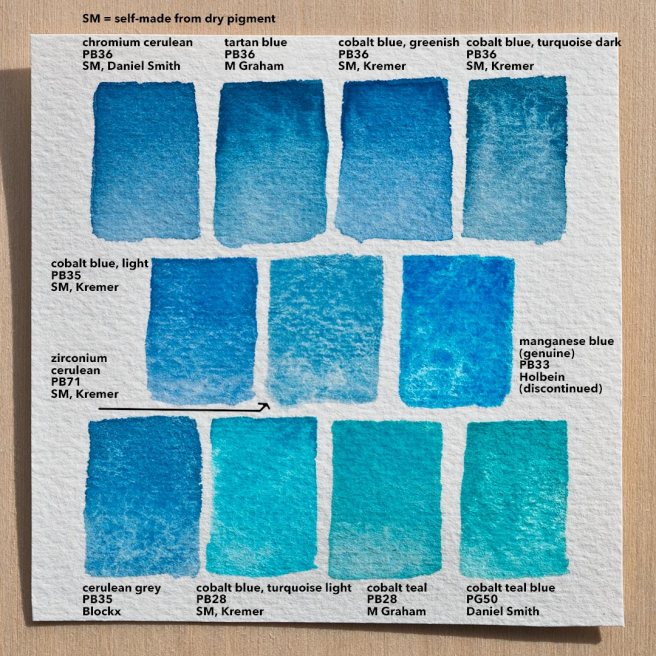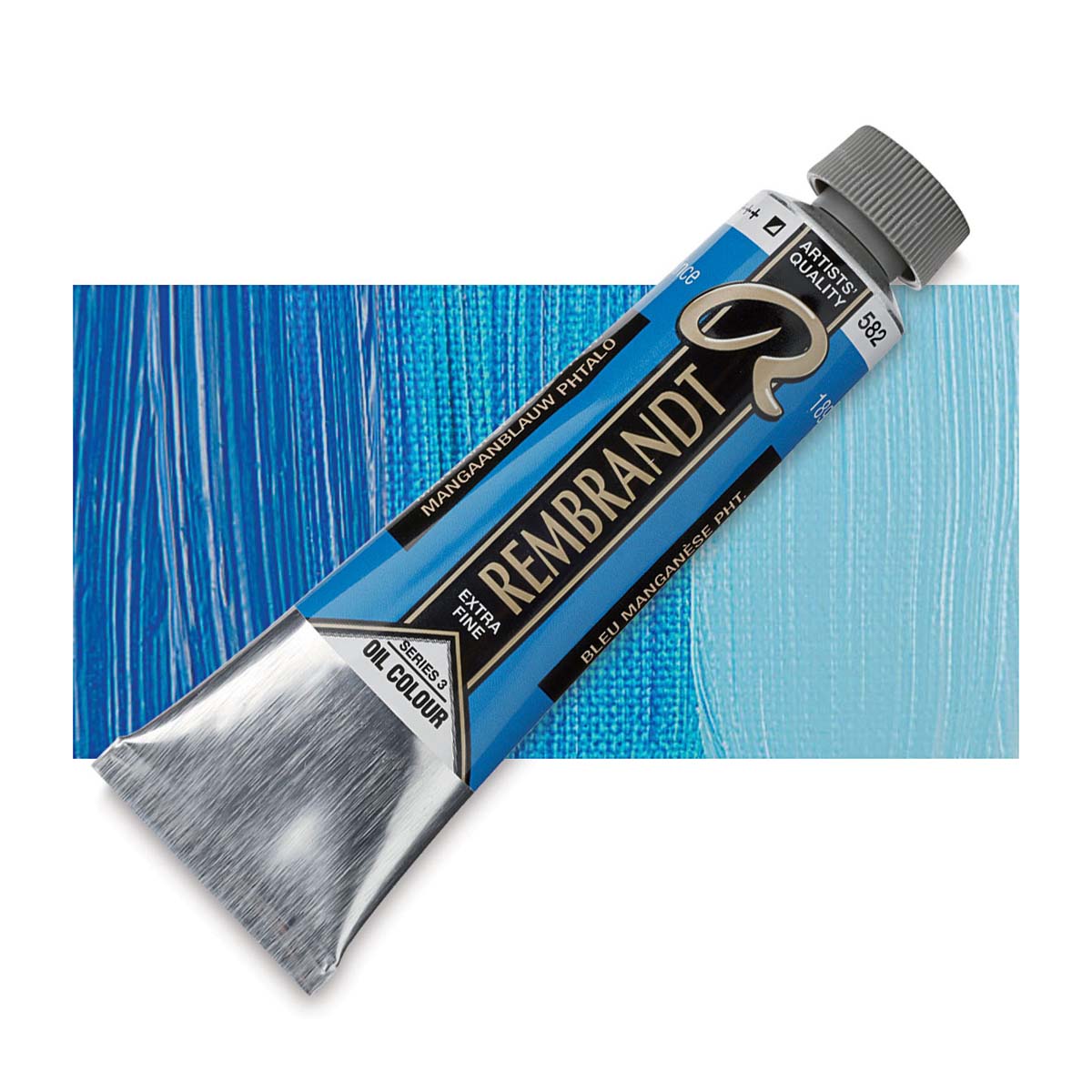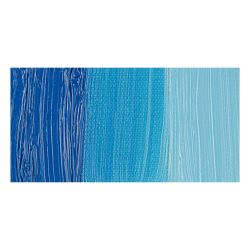Manganese Blue
Even so true manganese blue gained a devoted following among painters and was highly prized for its intense beauty and brightness.

Manganese blue. It is produced by heating sodium sulphate potassium permanganate and barium nitrate at 750800 0c to create barium manganate. So back to manganese blue. From left to right. Genuine cobalt does not lean as far towards purple as ultramarine but it is unlikely to make a.
A good substitute for cerulean blue manganese blue hue offers an additional advantage. It is the first inorganic blue pigment discovered in 200 years since cobalt blue was identified in 1802. Anything labeled hue is likely to be a mixture of several pigments in this case manganese blue hue is basically an approximation or composite of other pigments in an effort to get close to the look of the real thing. Shown here are both colors out of the tube and combined for a transparent mixture.
It mixes well with non staining semi opaques to create a mottled texture in underlying colors. It is a medium staining transparent pigment with wonderful granulating properties. This is a clear and punchy azure blue. Phthalo blue short for phthalocyanine.
Genuine manganese blue is pb 33. This cool turquoise blue is ideal for creating form or indicating space. In 2009 professor mas subramanian and associates at oregon state university discovered that manganese can be combined with yttrium and indium to form an intensely blue non toxic inert fade resistant pigment yinmn blue the first new blue pigment discovered in 200 years. Manganese blue itself is a modern inorganic synthetic pigment invented in 1907 and patented in 1935.
Smith at oregon state university in 2009. Introduced in the mid 1930s the barium manganate pigment was manufactured from the mined ore for only about 50 years. It is an inert pigment that can range in color from a clear azure blue to a bright emerald green manganese green. However it will never behave quite like genuine manganese and will often include a pre mixed in white.
It has been used most frequently for tinting cement. Yinmn blue for yttrium indium manganese also known as oregon blue mas blue or yin min blue is an inorganic blue pigment that was discovered accidentally by professor mas subramanian and his then graduate student andrew e. Manganese blue is first used to deepen the alizarin into a purple at bottom and that mixture is then tinted with titanium white manganese blue deepens and brightens the alizarin crimson without changing its transparency or exaggerating its color even when tinted. In contrast manganese blue hue is not going to be genuine.





